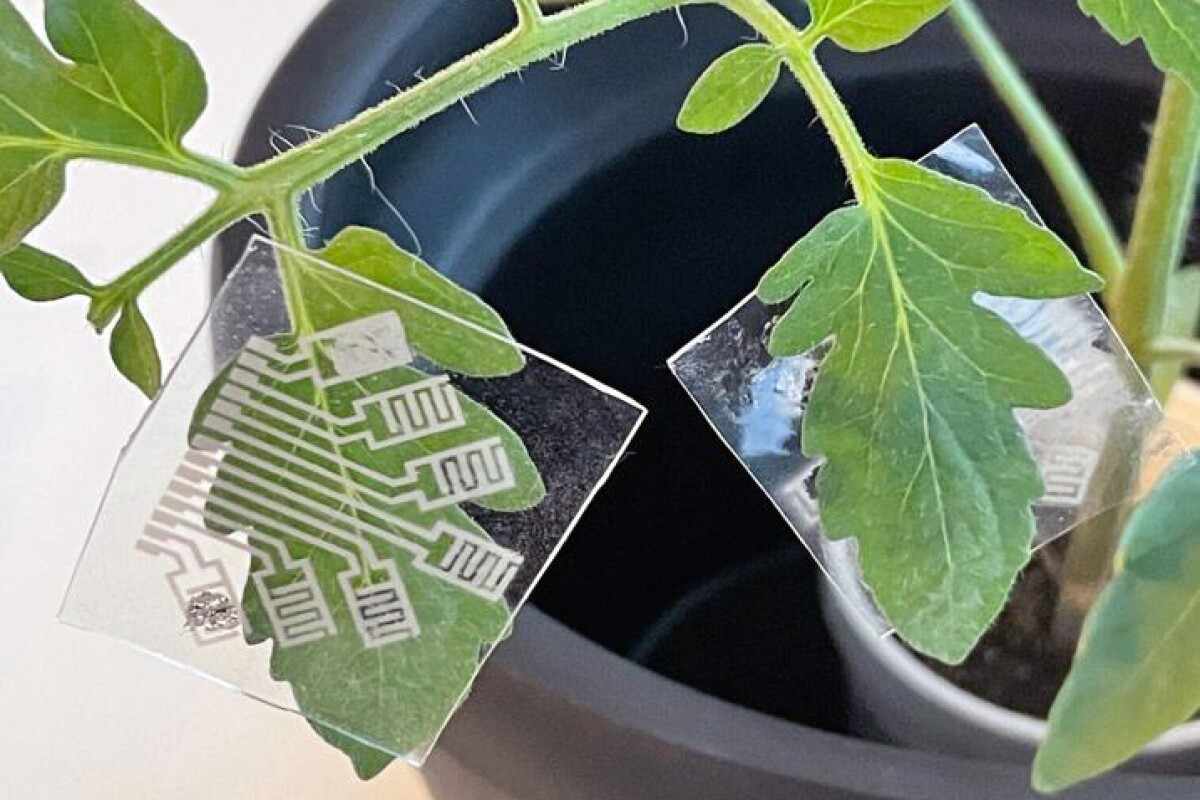
The Wearable Plant Sensors Market is experiencing a transformative surge in 2025, driven by the urgent need for sustainable and efficient agricultural practices. These innovative devices, designed to monitor plant health and environmental conditions in real time, are empowering farmers to optimize crop yields, conserve resources, and adapt to climate challenges. Recent advancements in sensor technology, IoT integration, and data analytics are reshaping precision agriculture, making wearable plant sensors a cornerstone of modern farming. This article explores the latest trends and innovations in the wearable plant sensors market, highlighting their impact on agriculture in 2025.
Download FREE Sample: https://www.nextmsc.com/wearable-plant-sensors-market-3202/request-sample
The Rise of Wearable Plant Sensors
Wearable plant sensors are compact devices that attach to plants or soil to monitor parameters like moisture levels, nutrient content, temperature, and pest activity. By providing real-time data, these sensors enable farmers to make informed decisions, reducing waste and enhancing crop health. In 2025, the adoption of these sensors is accelerating due to advancements in miniaturization, wireless connectivity, and biocompatibility, making them more practical for widespread use in agriculture.
The growing emphasis on precision agriculture is a key driver. With global populations rising and arable land decreasing, farmers are under pressure to maximize productivity while minimizing environmental impact. Wearable plant sensors address this challenge by offering granular insights into plant and soil conditions, enabling targeted interventions that optimize resource use.
Advancements in Sensor Technology
Recent innovations in sensor technology are propelling the wearable plant sensors market forward. In 2025, companies are developing sensors with enhanced sensitivity and durability, capable of withstanding harsh environmental conditions. For instance, flexible and biocompatible sensor materials, such as those used in sensor inks, are enabling non-invasive monitoring of plant health. These materials allow sensors to adhere to plant surfaces without causing damage, providing continuous data on physiological changes.
Miniaturized sensors with low-power designs are also gaining traction. These devices leverage advancements in micro-electro-mechanical systems (MEMS) to deliver high-precision data while consuming minimal energy. This is particularly important for large-scale farming operations, where sensors must operate for extended periods without frequent maintenance.
IoT Integration and Real-Time Data
The integration of wearable plant sensors with IoT platforms is a game-changer in 2025. IoT-enabled sensors transmit data to cloud-based systems, where it is analyzed to provide actionable insights. Farmers can access real-time information on soil moisture, nutrient deficiencies, and pest threats via mobile apps or dashboards, enabling rapid responses to changing conditions. This connectivity is enhancing farm management by streamlining decision-making and reducing manual monitoring.
For example, IoT-enabled sensors can detect early signs of drought stress in crops, prompting automated irrigation systems to activate only where needed. This targeted approach conserves water and reduces energy costs, aligning with sustainability goals. The rise of ZigBee-based wireless sensors, known for their low power consumption and reliable connectivity, is further driving adoption in smart farming applications.
Applications in Precision Agriculture
Wearable plant sensors are transforming precision agriculture by enabling data-driven farming practices. In 2025, these sensors are being used to monitor crop health at a granular level, detecting issues like nutrient deficiencies or fungal infections before they become widespread. This early detection allows farmers to apply fertilizers or pesticides only where necessary, reducing chemical use and environmental impact.
In greenhouse farming, wearable sensors are optimizing controlled environments. By monitoring light levels, humidity, and temperature, these devices help growers maintain ideal conditions for plant growth, improving yields and quality. Similarly, in vertical farming, sensors are being integrated into hydroponic systems to monitor nutrient solutions, ensuring optimal plant development.
Inquire Before Buying: https://www.nextmsc.com/wearable-plant-sensors-market-3202/inquire-before-buying
Sustainability and Climate Adaptation
Sustainability is a central focus of the wearable plant sensors market in 2025. As climate change intensifies, farmers face challenges like unpredictable weather patterns and water scarcity. Wearable sensors are helping address these issues by providing data to optimize irrigation and reduce water waste. For instance, sensors that measure soil moisture in real time can prevent overwatering, preserving scarce resources in drought-prone regions.
The use of eco-friendly sensor materials is also gaining traction. Biocompatible and biodegradable sensors, made from materials like recycled polymers, are reducing the environmental footprint of sensor deployment. These innovations align with global efforts to promote sustainable agriculture and reduce waste in farming operations.
Regional Market Dynamics
The wearable plant sensors market is experiencing varied growth across regions. North America leads in adoption, driven by its advanced agricultural infrastructure and focus on precision farming. The U.S. is seeing widespread use of wearable sensors in large-scale farming and research, supported by investments in agritech innovation. Asia-Pacific, particularly China and India, is emerging as a high-growth market due to rapid urbanization and government initiatives to modernize agriculture. Europe is focusing on sustainable farming practices, with wearable sensors playing a key role in meeting stringent environmental regulations.
Challenges in Adoption
Despite their promise, wearable plant sensors face challenges. High initial costs for sensor deployment and IoT infrastructure can be a barrier for small-scale farmers, particularly in developing regions. Additionally, the complexity of data interpretation requires training, as farmers must learn to analyze sensor outputs effectively. However, companies are addressing these issues by developing affordable, user-friendly sensors and offering training programs to support adoption.
Data privacy and cybersecurity are also concerns, as IoT-enabled sensors collect sensitive agricultural data. Manufacturers are investing in secure data transmission protocols to protect farm information, ensuring trust in these technologies.
Competitive Landscape and Innovation
The wearable plant sensors market is highly competitive, with companies like Bosch Sensortec, TDK InvenSense, and startups specializing in agritech leading the charge. Recent developments include the launch of sensors with integrated AI capabilities, enabling predictive analytics for crop health. For instance, AI-powered sensors can forecast pest outbreaks based on environmental data, allowing farmers to take preventive measures. Collaborations between sensor manufacturers and agricultural research institutions are also driving innovation, with a focus on developing sensors tailored to specific crops and climates.
Conclusion
In 2025, wearable plant sensors are revolutionizing agriculture by enabling precision farming, promoting sustainability, and helping farmers adapt to climate challenges. Advancements in sensor technology, IoT integration, and eco-friendly materials are driving market growth, while regional leaders like North America and Asia-Pacific set the pace for adoption. Despite challenges like cost and data complexity, the market is poised for expansion as farmers embrace data-driven practices. Wearable plant sensors are paving the way for a more efficient, sustainable, and resilient agricultural future, ensuring that crops thrive in an increasingly unpredictable world.


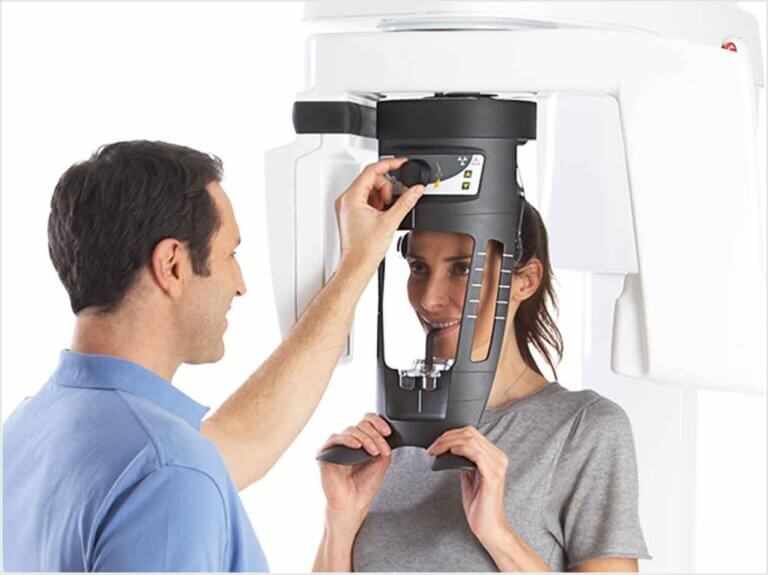

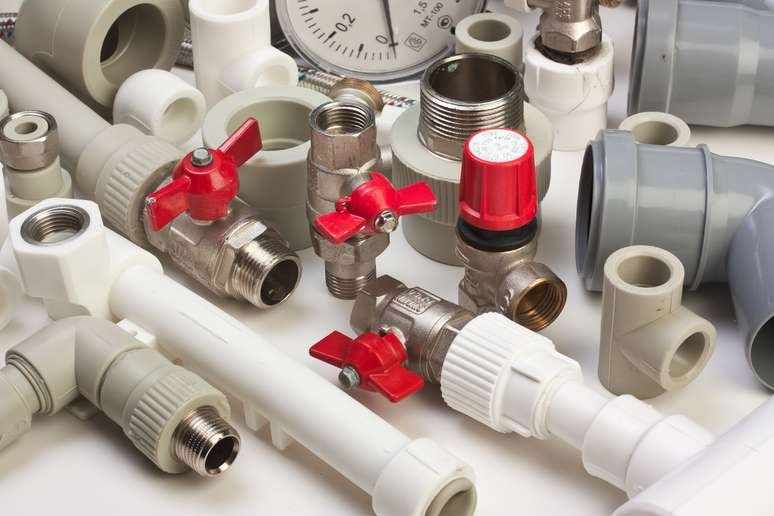

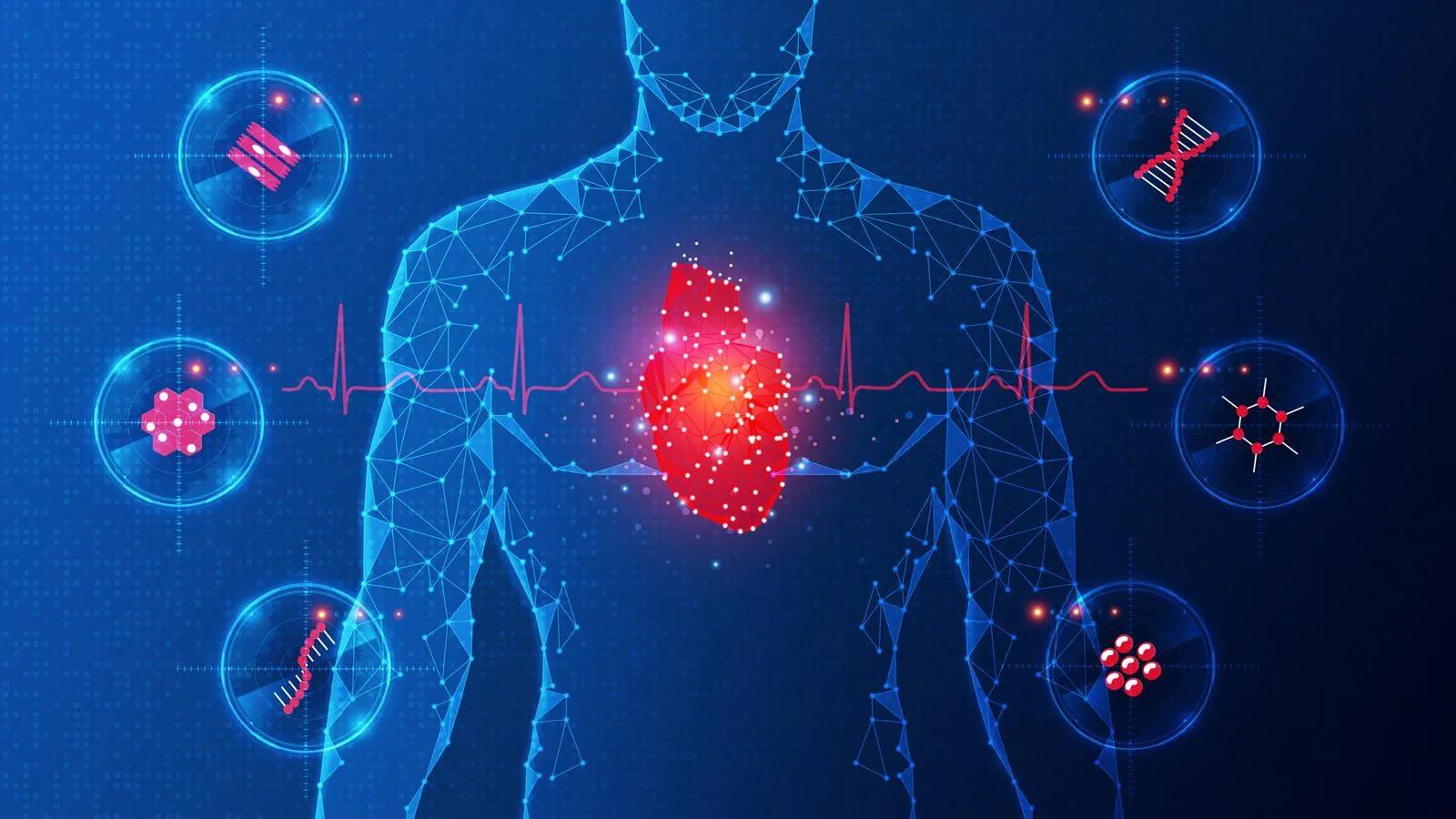




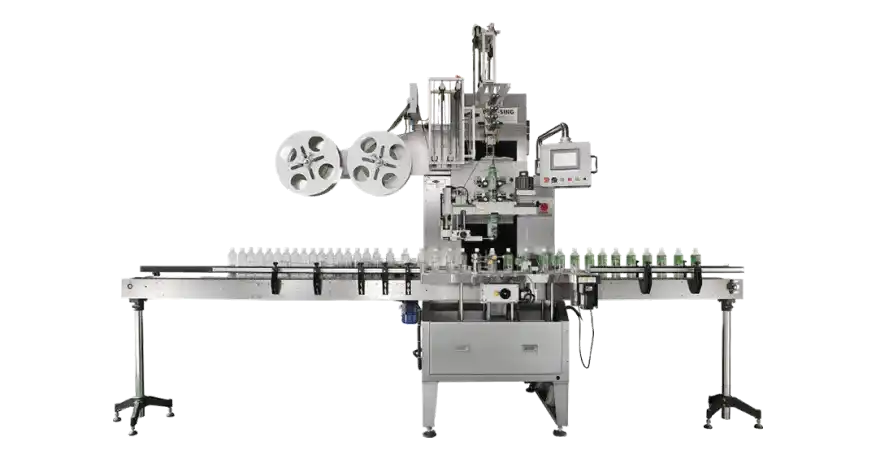
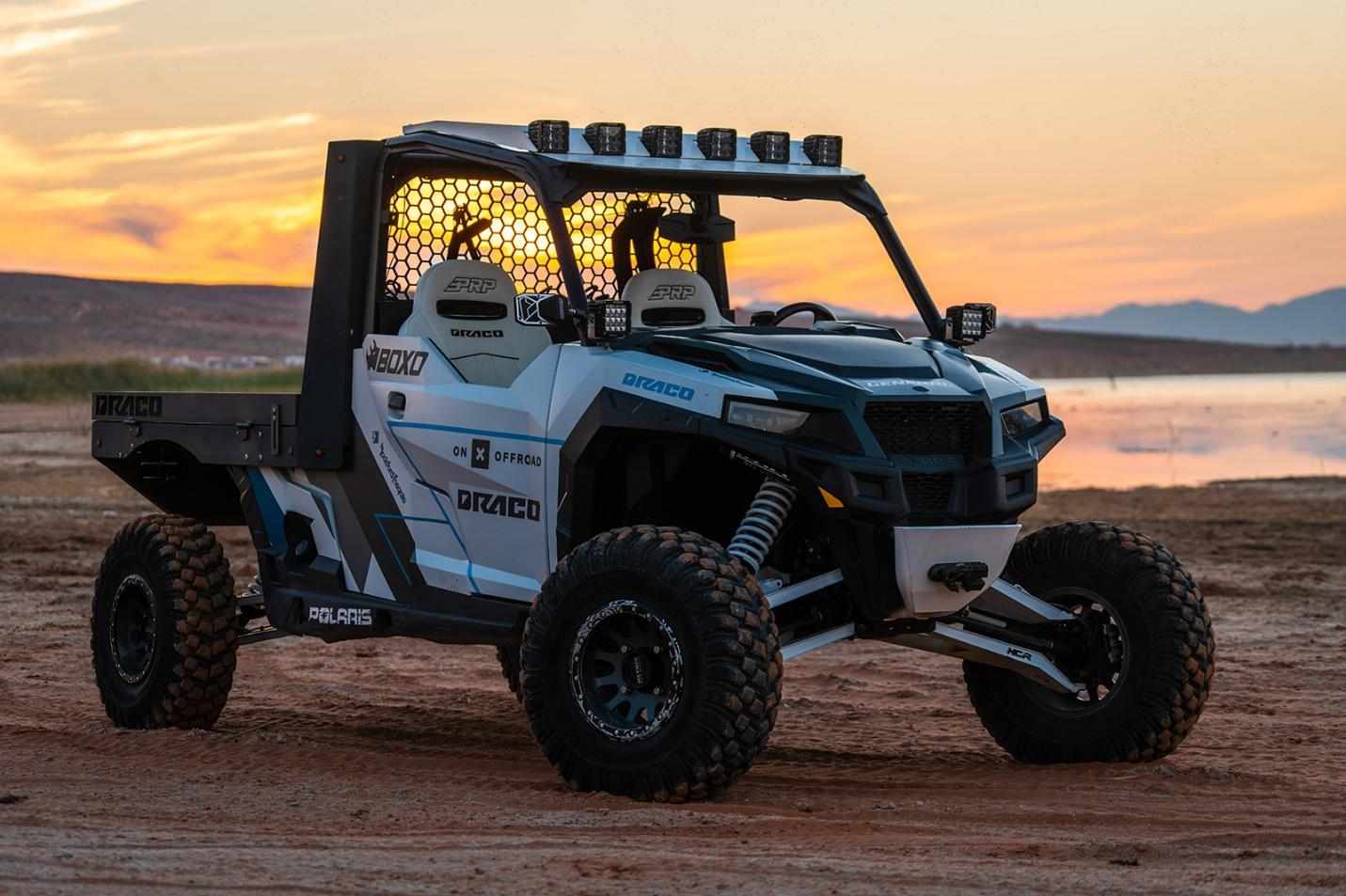
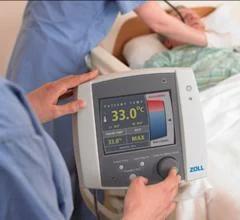

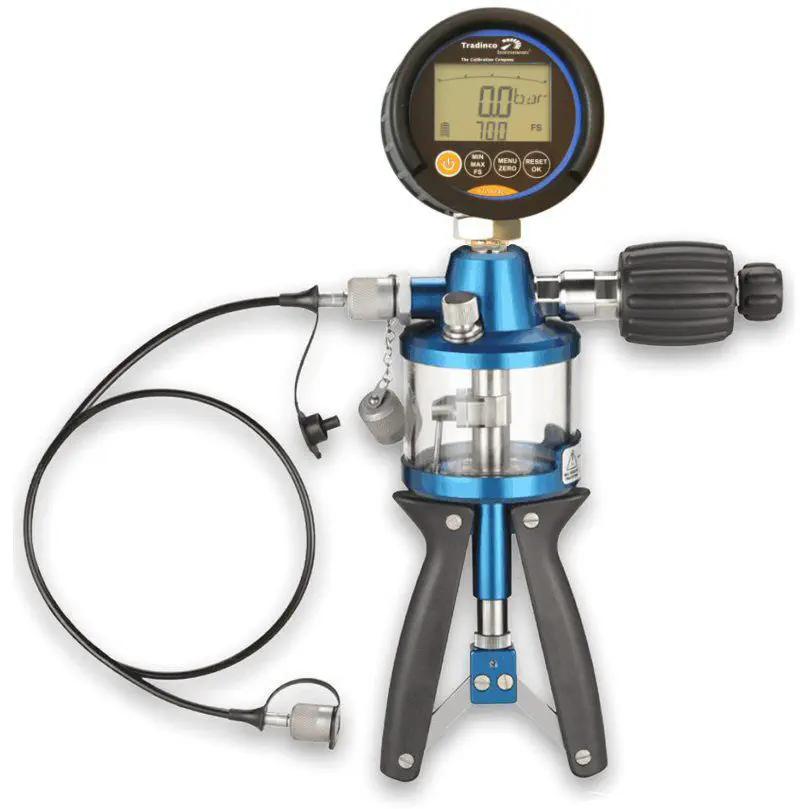
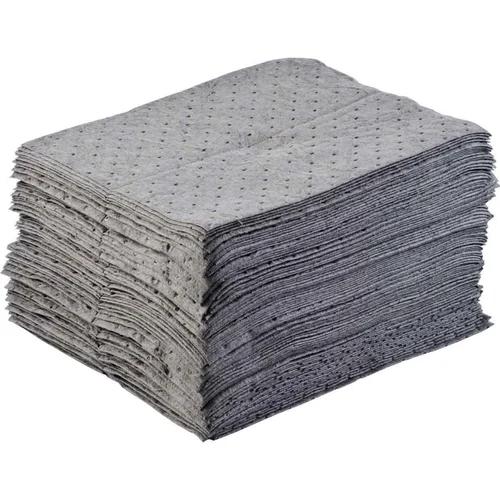
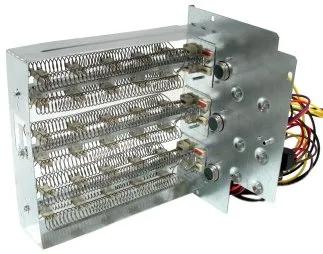


Write a comment ...